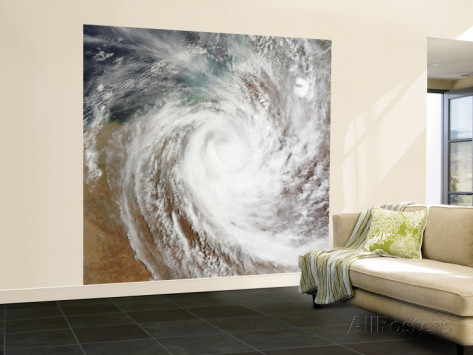Making Landfall: Towards a Critical Tempestology of Cyclones in Colonial Australia to 1850
DOI:
https://doi.org/10.60162/swamphen.5.10627Keywords:
colonial cyclone writing, tropicality, weather in print mediaAbstract
In paleotempestology the mapping of past tropical cyclone activity has been conducted through two principal methods: geological proxy techniques, to gauge the millennial scale incidence of cyclones, and examination of archives, for example, newspapers, ships' logs, diaries, annals, government documents and Chinese historical documentary records which date back over a thousand years (Liu 13-15). The survey of historical sources by paleotempestologists is designed to elicit information about the incidence, intensity and tracks of cyclones and the material damage they have caused. In this essay I turn to Australian colonial newspapers before 1851 digitised by the National Library of Australia for its Trove database. They carried local and overseas reports of hurricane and intense storm activity; poems, letters, and excerpts of travel narratives which represent hurricanes; and local and overseas commentary on current affairs of state.
Downloads
Published
2015-12-16
Issue
Section
Essays
License
Authors who publish with this journal agree to the following terms:- Authors retain copyright and grant the journal right of first publication with the work simultaneously licensed under a Creative Commons Attribution License that allows others to share the work with an acknowledgement of the work's authorship and initial publication in this journal.
- Authors are able to enter into separate, additional contractual arrangements for the non-exclusive distribution of the journal's published version of the work (e.g., post it to an institutional repository or publish it in a book), with an acknowledgement of its initial publication in this journal.
- Authors are permitted and encouraged to post their work online (e.g., in institutional repositories or on their website) prior to and during the submission process, as it can lead to productive exchanges, as well as earlier and greater citation of published work (See The Effect of Open Access).

